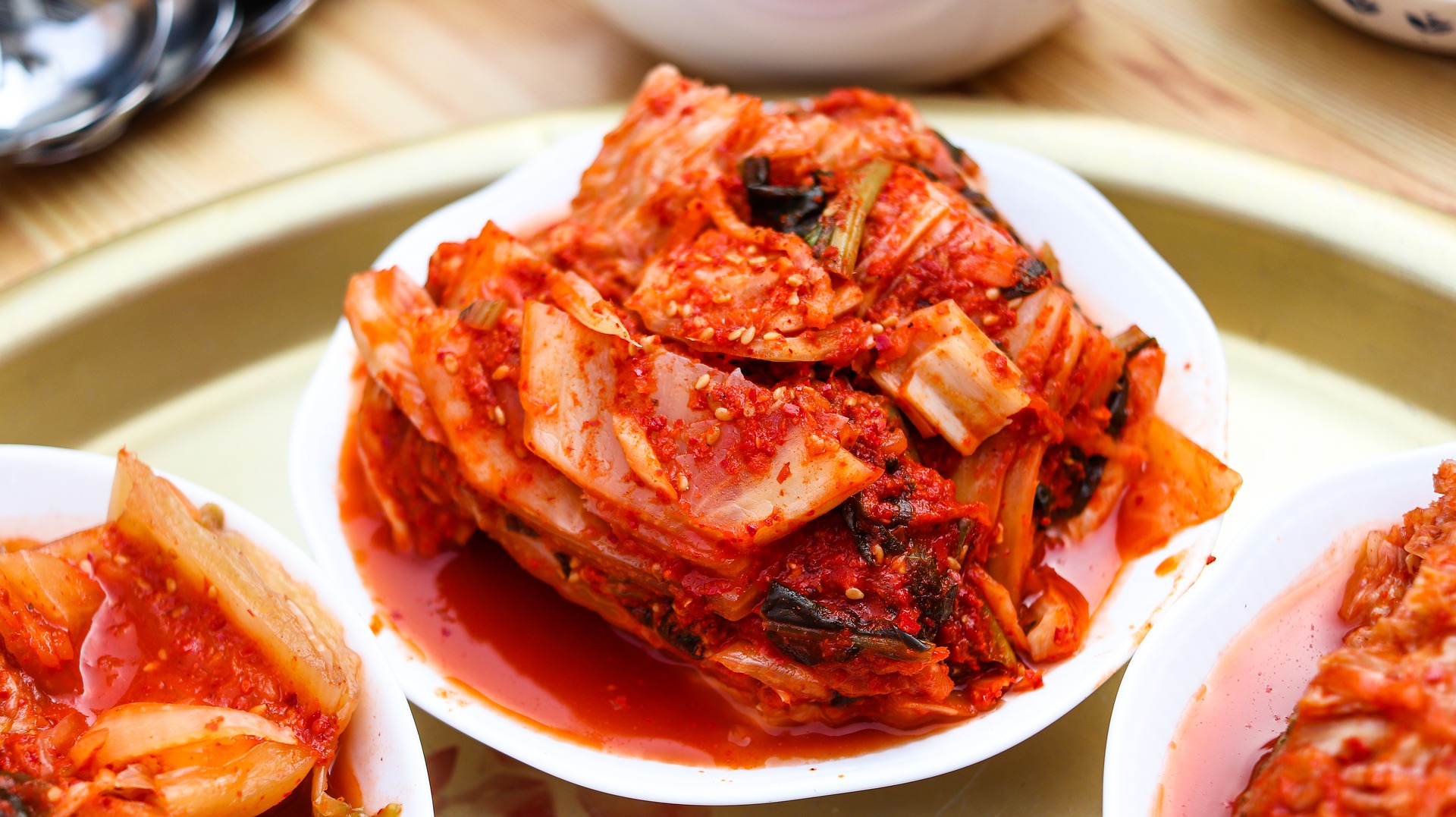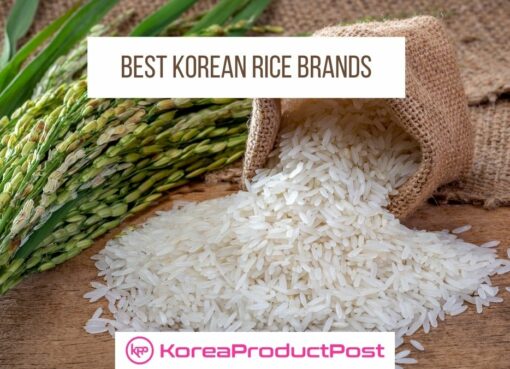Every culture has a traditional cuisine with a traditional recipe and local ingredients. Kimchi is a traditional Korean dish prepared by fermenting vegetables with red hot Korean peppers and salt. It originated thousands of years ago and now it is a national dish in Korea and its popularity is ever increasing on the global scale. It can be a side dish or the main ingredient of many other Korean dishes.
What is Kimchi?
The word Kimchi is derived from “shimchae” which means “salting of vegetables”. It is made from a variety of vegetables, mainly cabbage, Korean radishes, scallions, and Korean red peppers. The vegetables are salted and fermented and then they are seasoned with spices. The ingredients are generally fermented in a closed jar for some time that ranges between two days to up to a week. It can also be kept for fermentation for longer periods of time if it is stored correctly. There are many recipes for preparing Kimchi but the ingredients remain constant.
Overall, the texture is crispy and it packs a punch of flavours that go well with several other dishes. It can be served as a side dish with rice, soup, or noodles or you can have it as a main dish.
Benefits of Eating Kimchi
Kimchi is not simply a dish with exquisite flavour, but it also has gastroprotective properties and promotes heart health.
- Promotes digestion: There are many gut-friendly bacteria (probiotics) in Kimchi that are developed during the process of fermentation. These bacteria not only enhance the flavours but they also help in repopulating the gastrointestinal tract with the good digestive bacteria. As it is made from different vegetables, it is also rich in fibre which is important for good digestive movements.
- Immunity boost: With the probiotics promoting the digestive system, they also improve nutrient absorption which helps in strengthening body functions and immunity. Kimchi also has immune system-boosting ingredients like ginger, garlic, and red peppers.
- Lowering of cholesterol and obesity: It is scientifically proved that Kimchi lowers serum cholesterol, LDL cholesterol, and triglycerides in the liver. The capsaicin in red pepper also triggers loss of body fat. It also helps in weight management by regulating appetite as it reduces food cravings.
- Neuroprotective properties: Kimchi also has certain neuroprotective and anti-aging properties because of the antioxidant properties. The antioxidants also help in detoxifying the body from any toxins and other chemicals harmful to the body. It has phytochemicals that can remove reactive oxygen species from the bloodstream. This helps in reducing degeneration of neurons thereby keeping them intact.
Kimchi is full of flavours, tasty and it is packed with several health benefits. It is rich in probiotics, minerals, vitamins, and other phytochemicals that combined with flavours make it a perfect dish.
You can have Kimchi with almost any other dish and it will enhance the flavour profile, texture and nutritive value of the other dish.











Comment here